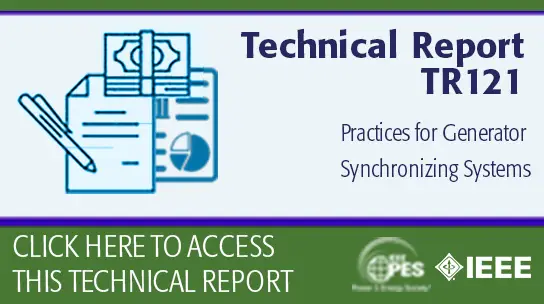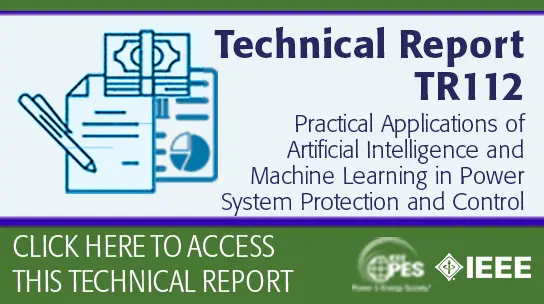-
Members: FreePES
IEEE Members: $45.00
Non-members: $70.00Pages/Slides: 40
IEEE Power System Relaying Committee WG K13 Series Capacitor Bank Protection 1.0 - INTRODUCTION The protection of a transmission series capacitor bank is a topic which has not received much attention in previous PSRC publications. The application of this protection requires a thorough understanding of the interrelationship of the utility system requirements, the equipment design, and the installation of the equipment. This special publication provides the protection engineer with a comprehensive overview of this interrelationship and the special protection issues associated with series capacitor banks. It will assist in the selection of protection schemes that adequately protect the series capacitor bank. Series compensation for the positive sequence reactance of transmission lines provides an economical means of maximizing power transfer and improving transmission efficiency over long distances. This publication encompasses the protection and control philosophies of capacitor banks used on series compensated transmission lines. The protection and control of distribution system series capacitors as well as variable series capacitors are not covered in this publication. This special publication includes discussions of the following topics and issues: - main protective schemes - protection of series capacitor major components - philosophies and differences between gap and varistor protection - bypass switch failure and phase disagreement protection - capacitor bank duty cycles - system studies for series capacitors - methods of providing platform power - application of instrument transformers - testing and general control philosophies - impact of the series capacitor on the associated line protection All references in the paper are to a single segment per phase capacitor bank. Special considerations for multi-segment, multiswitching step banks are covered in Section 11.0 "Multi-Segment Series Capacitors". 2.0 MAIN PROTECTIVE SCHEMES 2.1 - Introduction A fault on the series compensated line (internal fault), or external to the series compensated line (external fault) can cause overvoltages across the capacitor bank for the duration of the fault. This is because fault currents can be several times the rated bank current. This is especially true since the presence of the series capacitor impedance tends to increase through-fault currents. Though of lesser impact, decaying dc or subharmonic components of the fault current, if present, can add to the overvoltage across the capacitor bank. It is not economically feasible to design the series capacitors to withstand the transient overvoltages caused by all line faults. Instead, protection is provided to limit the capacitor overvoltage. Before 1980, series capacitor banks were protected by bypass spark gaps which flash over when the voltage across the capacitor reaches an unacceptable limit. Most new installations now use metal oxide varistor (MOV) based schemes. The sections below provide a brief description of both schemes. Download Full Version


